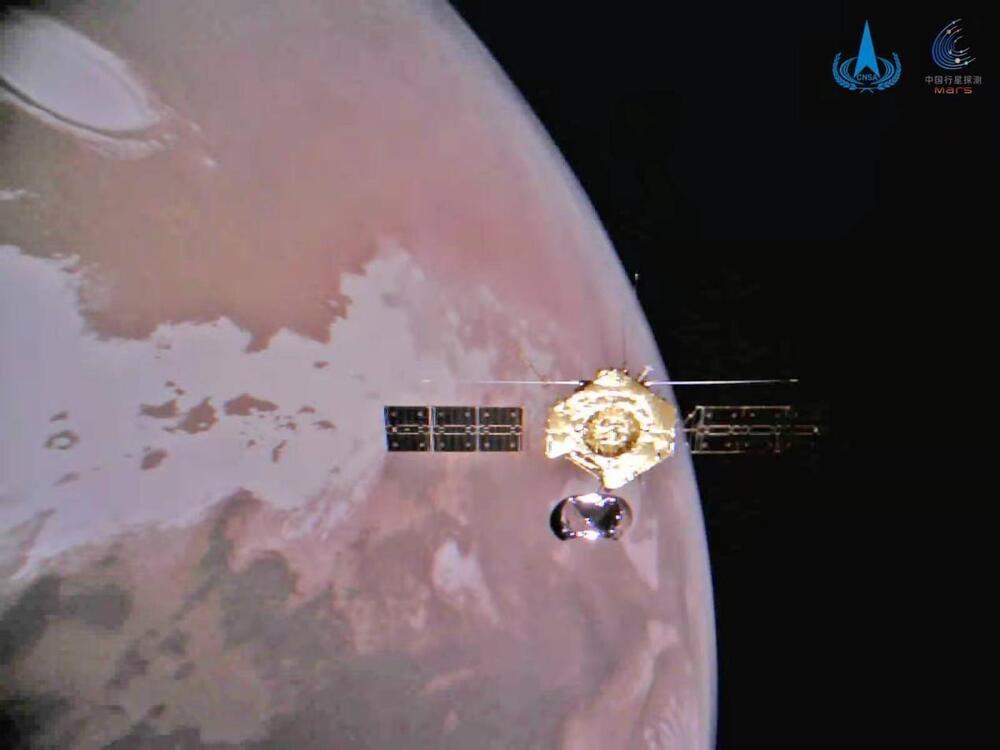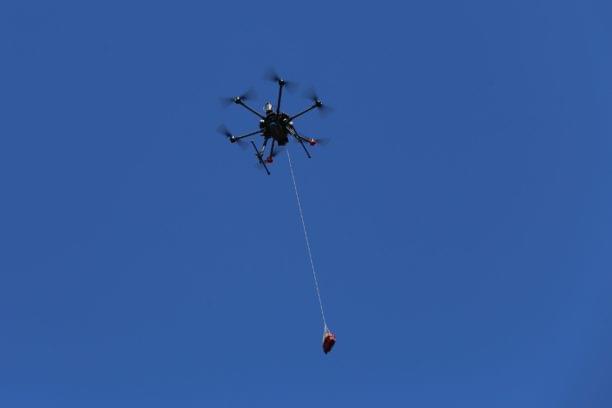JFrog’s senior director of security research said the vulnerability has a root cause similar to Log4Shell.



For a few brief moments, the high-powered lasers generated 1.3 megajoules of fusion energy.
A breakthrough experiment last month at Lawrence Livermore National Laboratory’s (LLNL) National Ignition Facility (NIF) in California has turned up a whopping 1.3 megajoules of energy, or about three percent of the energy contained in one kilogram of crude oil. The work, as outlined in the journal Physical Review E, puts physicists “at the threshold of fusion ignition,” according to the lab’s press release.
Nuclear fusion, in the simplest terms, is a reaction in which atoms are smashed together to generate an abundance of energy. In some ways, it’s less dangerous than nuclear fission —a process that involves splitting heavy, unstable atoms into two lighter ones—and has the potential to create a lot more energy.
All of today’s functional nuclear power plants currently use nuclear fission, and scientists have long been on the hunt for a way to make nuclear fusion a reality; consider it a kind of holy grail of clean energy.
Space based weaponry.
In a bit to deepen defence cooperation, the United States and Japan have agreed to collaborate on several new ventures. This includes developing hypersonic and space-based weaponry and a new deal on sharing the cost of US troops in Japan.
#US #Japan #WION
About Channel:
WION-The World is One News, examines global issues with in-depth analysis. We provide much more than the news of the day. Our aim to empower people to explore their world. With our Global headquarters in New Delhi, we bring you news on the hour, by the hour. We deliver information that is not biased. We are journalists who are neutral to the core and non-partisan when it comes to the politics of the world. People are tired of biased reportage and we stand for a globalised united world. So for us the World is truly One.

Remember how China’s Tianwen-1 spacecraft released a remote camera to take a picture of itself during its flight to Mars, back in late 2020? Now in Mars orbit, Tianwen-1 has done it again, releasing another mini remote camera. Except this time, the planet Mars is part of the view.
The images are stunning.
The China National Space Administration (CNSA) published three pictures, including a shot of the spacecraft in orbit with Mars in the background, a picture of Mars’ northern ice caps, and the first full photo of the orbiter.


An autonomous drone delivers a defibrillator – and saves the life of a cardiac arrest patient. Swedish drone company Everdrone says it’s a medical history first – but the grateful patient says that it’s a technology that should be used everywhere.
For heart attack patients, seconds count: the minutes that an ambulance can take to reach a patient in cardiac arrest can mean the difference between life and death. Autonomous drones offer a game-changing solution. Autonomous drone specialists Everdrone operate the drone delivery system in Region Västra Götaland, supported by Vinnova, Swelife and Medtech4Health. Their innovative solution has been developed with Center for Resuscitation Science at Karolinska Institutet, SOS Alarm and Region Västra Götaland.
Now, the technology can claim a life saved. In Trollhättan, Sweden on December 92,021, an Everdrone autonomous drone delivered a defibrillator that helped save the life of a 71-year-old man.

From the fMRI scans, the researchers saw the same areas of the brain light up but with different activation patterns, depending on whether the dogs were hearing the story in their native language or a new one—suggesting that they were neurologically processing differences between the two languages.
Then the researchers tried to test whether the dogs were responding to specific characteristics intrinsic to each language. Were the animals reacting to actual changes in speech patterns—that Hungarian words put stress on the first syllable, for instance—or just responding to basic differences in fundamental auditory signatures between the two languages—alterations in tones that occur during vowel pronunciation? They tested this by playing recordings in which the speech from the story had been garbled, resulting in gibberish that “sounded” like Hungarian or Spanish. Again, the team saw different patterns in brain activity when a dog heard real human speech instead of speechlike gibberish, although the researchers cannot yet say whether this is evidence that dogs can recognize human speech as speech (sounds strung together in a meaningful way for humans to communicate with one another)—or whether their brain was just responding to the more natural sound when compared with the weird-sounding gibberish. There was no change in brain activity between hearing Spanish gibberish versus Hungarian gibberish, however, implying that the canines’ brain was not just responding to the different tonal qualities.”
A new study’s authors say their investigation represents the first time that a nonhuman brain has been shown to detect language.

South Africa’s space participation dates back to the 1960s when the National Aeronautics and Space Administration (NASA) first established its Deep Space Network Station, popularly known as DSS-51, in Hartebeesthoek. The station was established to assist NASA’s interplanetary missions. The facility was then operated by the South African Council for Scientific and Industrial Research (CSIR)… […].

In the early days of the pandemic, with commercial COVID tests in short supply, Rockefeller’s Robert B. Darnell developed an in-house assay to identify positive cases within the Rockefeller community. It turned out to be easier and safer to administer than the tests available at the time, and it has been used tens of thousands of times over the past nine months to identify and isolate infected individuals working on the university’s campus.
Now, a new study in PLoS confirms that Darnell’s test performs as well, if not better, than FDA-authorized nasal and oral swab tests. In a direct head-to-head comparison of 162 individuals who received both Rockefeller’s “DRUL” saliva test and a conventional swab test, DRUL caught all of the cases that the swabs identified as positive—plus four positive cases that the swabs missed entirely.
“This research confirms that the test we developed is sensitive and safe,” says Darnell, the Robert and Harriet Heilbrunn professor and head of the Laboratory of Molecular Neuro-Oncology. “It is inexpensive, has provided excellent surveillance within the Rockefeller community, and has the potential to improve safety in communities as the pandemic drags on.”
Schell Games today announced that Lost Recipes, its upcoming historical cooking sim, is set to release January 27th on the Quest platform, bringing with it the chance to cook ancient recipes in period accurate kitchens from around the world.
Arriving from the VR veterans known for I Expect You to Die, Until You Fall, and the upcoming VR adaptation of Among Us, Lost Recipes throws you into a time portal to recreate dishes from centuries past.
Schell Games says Lost Recipes teleports you to “historically-accurate kitchens, using authentic ingredients, utensils, and techniques.” Check out the announcement trailer below: